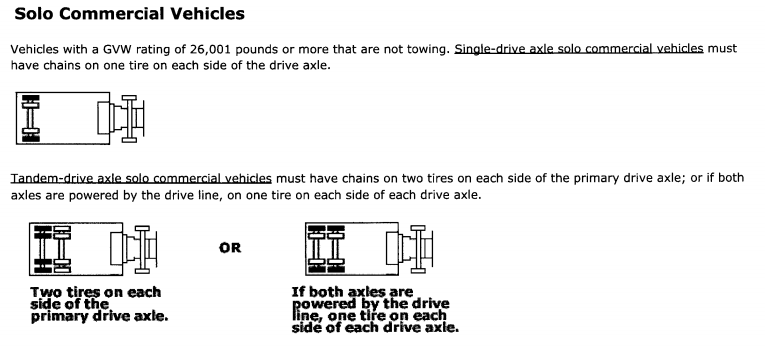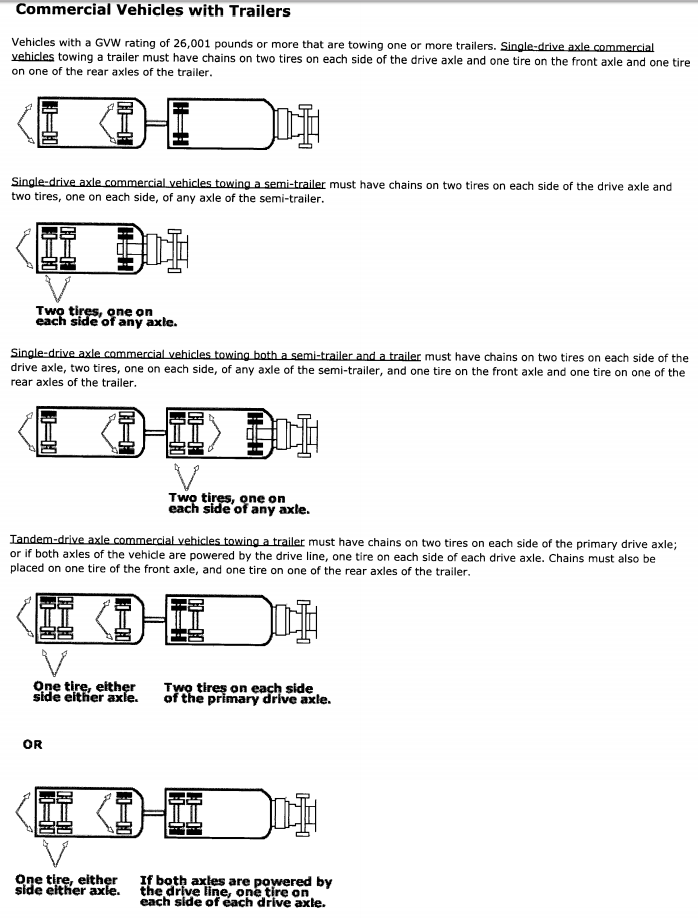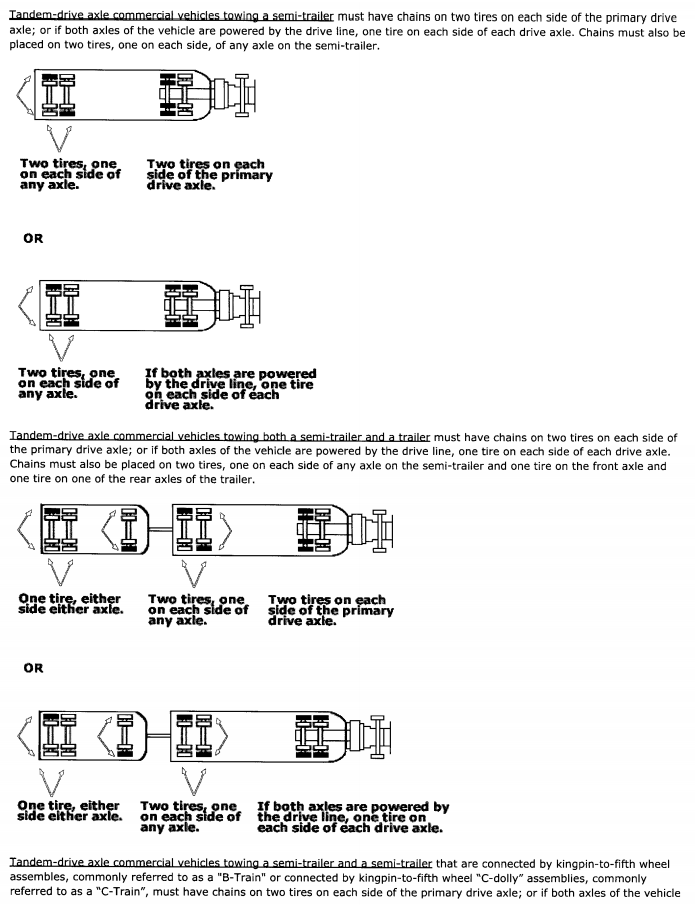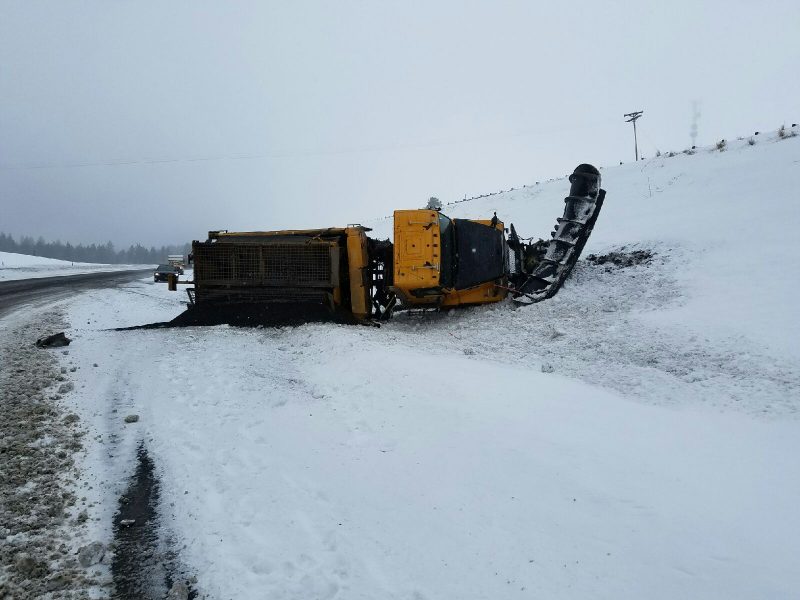
Winter Weather Chains Reminder for Motor Carriers Traveling in the Northwest
posted in Alerts by Brian Gray
Winter Weather Chains Reminder for Motor Carriers Traveling in the Northwest
The fog has started to roll in, leaves are changing colors, and one of the harshest winters for Oregonians is likely coming upon us. With this winter comes the importance to be safe on the roads and know the laws regarding tire chains on your vehicle.
The problem isn’t reminding drivers that winter is coming, it’s making sure simple mistakes don’t happen because it will cost you.
Earlier this month, Ed Scrivner, Field Motor Carrier Services Manager at Oregon Department of Transportation (ODOT), gave a presentation on chain statistics in Oregon.
Last year (October 1, 2016 through April 30, 2017) ODOT enforced 1,404 citations and warnings for all chain violations. More than half of these citations and warnings were for NOT Carrying chains (738 total – 313 Warnings, 425 Citations). For those not using the required chains, there were 666 violations (100 Warnings, 566 Citations).
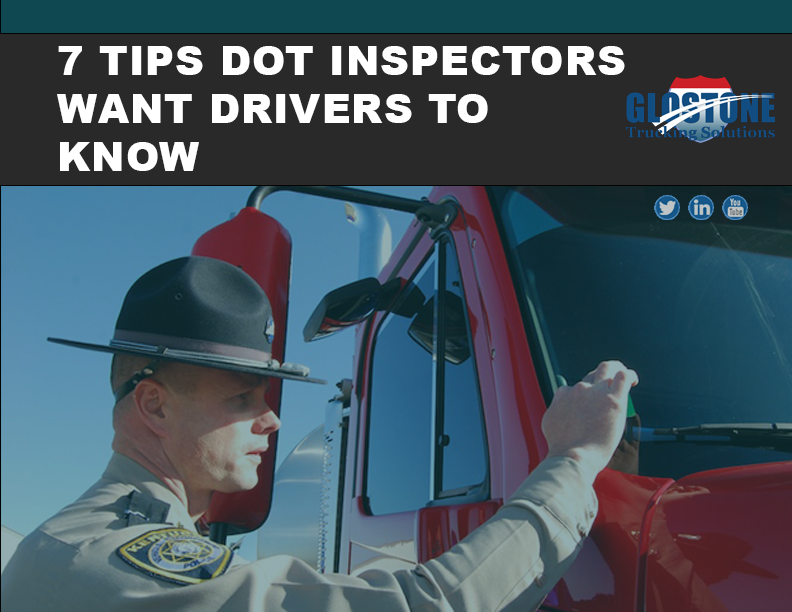 Specifically for motor carriers, ODOT found 21 motor carriers had 4 or more citations, 6 motor carriers had 8 or more citations, and 3 motor carriers had 10 or more citation during last winter season!
Specifically for motor carriers, ODOT found 21 motor carriers had 4 or more citations, 6 motor carriers had 8 or more citations, and 3 motor carriers had 10 or more citation during last winter season!
Each state has their own specific requirements for the amount of chains vehicles need and how they should be placed. According to Oregon state law, the tire chain law applies to all highways in the state and signs will tell you when you are required to carry chains and when you are required to use them. To comply with Oregon’s law, six chains will need to be on hand for motor carriers traveling through Oregon. Difficult passes in Oregon include Siskiyou on I-5, Cabbage on I-84, and Mt. Hood on US 26.
Summary of OAR 734-017:
- Studded tires authorizes November 1 – April 1.
- Chain law applies to all roadways.
- Signage dictates requirements.
- Drivers who disregard signage are subject to fines.
More traveler information may be found by calling (503) 588-2941. For questions regarding chain-up requirements for commercial vehicles, contact your local Port of Entry or ODOT at (800) 977-6368.
ODOT’s TripCheck is a great resource to see road conditions via real time cameras in Oregon. On the welcome page, look for the “blue dots” on your intended route of travel. The blue dot represents a “weather hazard.” Click on the blue dot, and it will open up a dialog box that contains specific information, such as “Severe Weather Hazard”, current temperatures, if there is current requirement for chains to be carried only, or if there is a requirement that chains are actually on the truck. It will also show when it was last updated. This is as close as we can come to “real time” notification of current chain requirements in Oregon.
Motor Carrier chains details:
Medium duty vehicles — vehicles with a gross vehicle weight rating of more than 10,000 pounds but less than 26,001 pounds such as buses, recreational vehicles, and cargo vehicles:
(a) A single-drive axle medium duty vehicle shall have chains on one tire on each side of the drive axle;
(b) A tandem-drive axle medium duty vehicle shall have chains on:
(A) Two tires on each side of the primary drive axle; or
(B) If both axles are powered by the drive line, one tire on each side of each drive axle; and
(c) A tandem-drive axle medium duty vehicle configured with one single-wheel axle and one dual-wheel axle shall have chains on one tire on each side of the dual-wheel axle. Chains shall also be placed on a vehicle or trailer being towed as described in section (3) of this rule.
Solo commercial vehicles — vehicles with a gross vehicle weight rating of 26,001 pounds or more that are not towing:
(a) A single-drive axle solo commercial vehicle shall have chains on one tire on each side of the drive axle; and
(b) A tandem-drive axle solo commercial vehicle shall have chains on:
(A) Two tires on each side of the primary drive axle; or
(B) If both axles are powered by the drive line, on one tire on each side of each drive axle.
Commercial vehicles with trailers — vehicles with a gross vehicle weight rating of 26,001 pounds or more that are towing one or more trailers:
(a) A single-drive axle commercial vehicle towing a trailer shall have chains on two tires on each side of the drive axle and one tire on the front axle and one tire on one of the rear axles of the trailer;
(b) A single-drive axle commercial vehicle towing a semitrailer shall have chains on two tires on each side of the drive axle and two tires, one on each side, of any axle of the semitrailer;
(c) A single-drive axle commercial vehicle towing both a semitrailer and a trailer shall have chains on two tires on each side of the drive axle, two tires, one on each side, of any axle of the semitrailer, and one tire on the front axle and one tire on one of the rear axles of the trailer;
(d) A tandem-drive axle commercial vehicle towing a trailer shall have chains on two tires on each side of the primary drive axle, or if both axles of the vehicle are powered by the drive line, one tire on each side of each drive axle. Chains shall also be placed on one tire of the front axle and one tire on one of the rear axles of the trailer;
(e) A tandem-drive axle commercial vehicle towing a semitrailer shall have chains on two tires on each side of the primary drive axle; or if both axles of the vehicle are powered by the drive line, one tire on each side of each drive axle. Chains shall also be placed on two tires, one on each side, of any axle of the semitrailer;
(f) A tandem-drive axle commercial vehicle towing both a semitrailer and a trailer shall have chains on two tires on each side of the primary drive axle or if both axles of the vehicle are powered by the drive line, one tire on each side of each drive axle. Chains shall also be placed on two tires, one on each side of any axle on the semitrailer and one tire on the front axle and one tire on one of the rear axles of the trailer; and
(g) A tandem-drive axle commercial vehicle towing a semitrailer and a semitrailer that are connected by kingpin-to-fifth wheel assemblies, commonly referred to as a “B-Train,” or connected by kingpin-to-fifth wheel “C-dolly” assemblies, commonly referred to as a “C-Train”, shall have chains on two tires on each side of the primary drive axle; or if both axles of the vehicle are powered by the drive line, one tire on each side of each drive axle. Chains shall also be placed on two tires, one on each side, of any axle of the semitrailer at the B-train or C-train connection, and on two tires, one on each side, of any axle of the rear semitrailer.
Washington chain law WAC 204-24-050:
Chains must be carried Nov. 1 through April 1. It takes five chains to comply with the requirement. However, all vehicles of more than 10,000 pounds gross vehicle weight must carry two extra chains in the event that road conditions require the use of more chains or if chains in use are broken or otherwise useless.
Difficult passes in Washington include Blewett Pass on SR 97, Chinook Pass on SR 410, Cle Elum to Teanaway on SR 970, Gibbons Creek to Intersection of Cliffs Rd. on SR 14, Mt. Baker Highway on SR 542, Newhalem to Winthrop on SR 20, North Cascade Hwy on Hwy 20, Omak to Nespelem on SR 155, Satus Pass on SR 97, Snoqualmie Pass on I-90, Stevens Pass on SR 2, and White Pass on SR 12.
Summary:
- All vehicles over 10,000 GVW shall carry two (2) extra chains.
- Plastic cross links not allowed.
- Must carry chains from November 1 to April 1.
- Cable chains are allowed.
- Studded tires are authorized November 1 – March 31.
Washington State Patrol has a tri-fold pamphlet called “Minimum Chain Requirements” giving details on chain positioning. More traveler information may be found by calling (800) 695 7623 or online at www.wsdot.wa.gov/traffic/trafficalerts/.
Oregon’s Chains for Motor Carriers:
